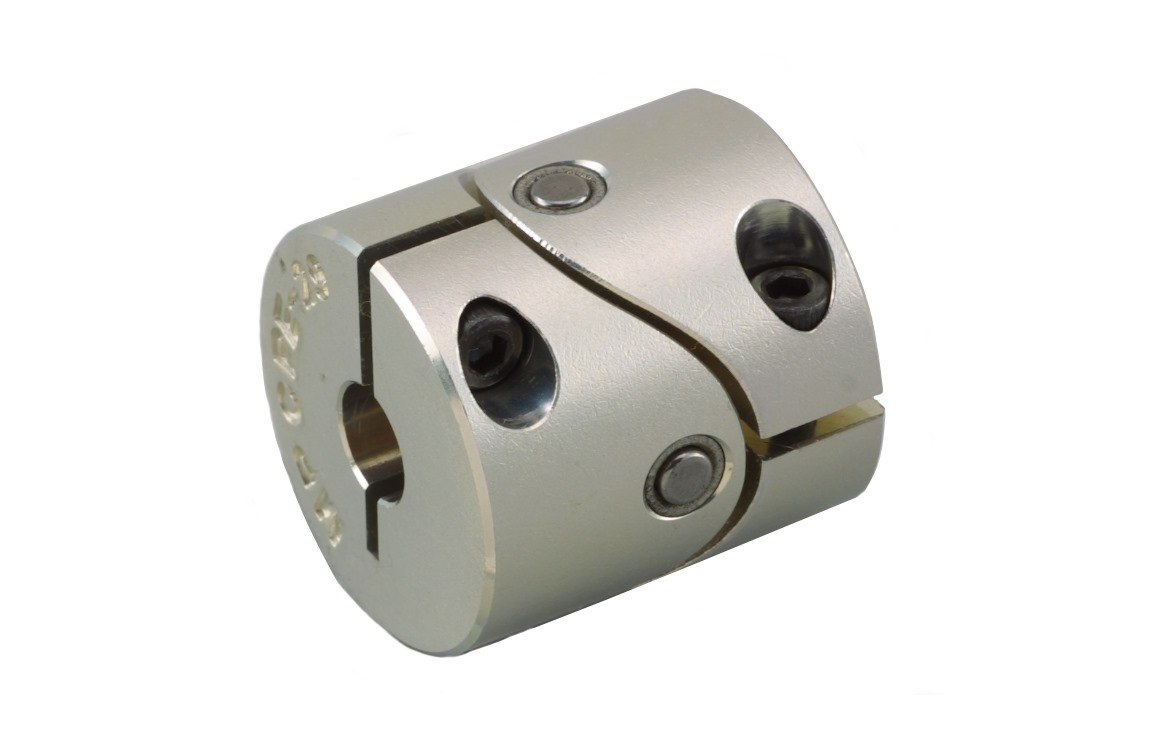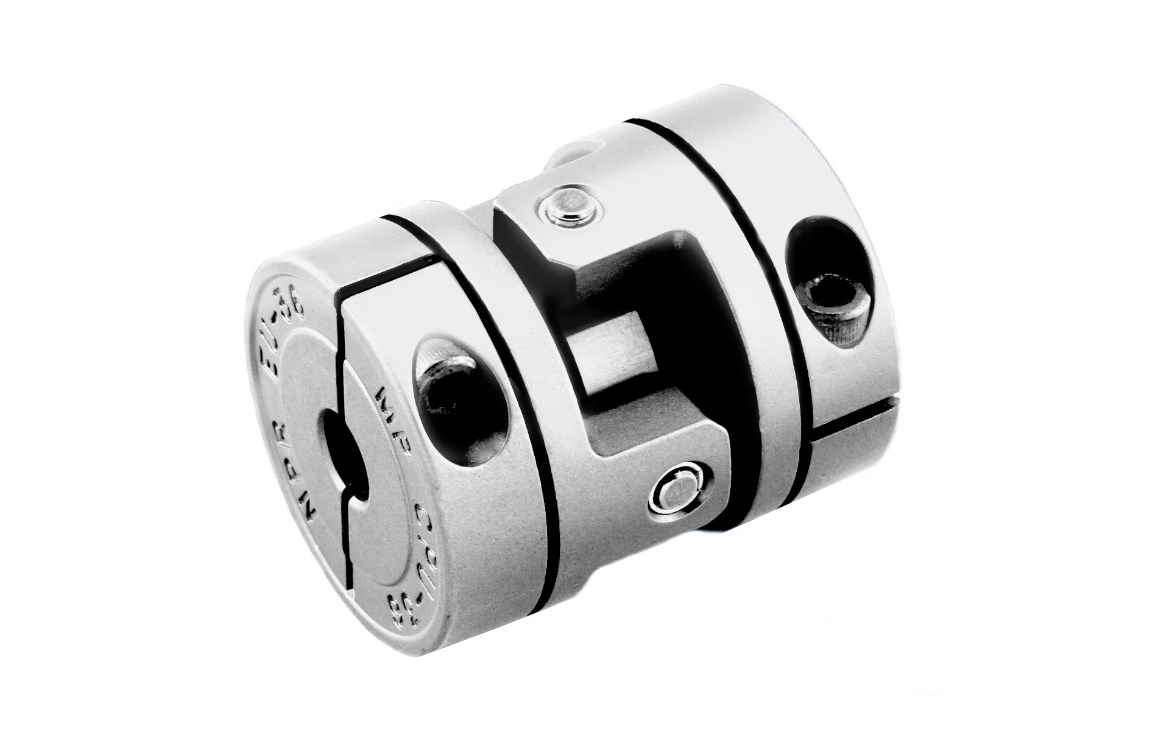Cross joint couplings
What is a cross joint coupling?
A universal joint is a mechanical connecting element to connect two shafts.
The universal joint coupling consists of a cardan joint made up of two hubs connected by a sliding joint and bolts. Thus, the coupling allows the transmission of torque even in the case of angular misalignment between the shafts.
Miki Pulley’s Paraflex CPE and Paraflex CPU cross joint couplings are primarily made of aluminum.
What are the advantages of cross joint couplings?
A cross joint coupling has the ability to compensate extreme angular misalignments. It has a long service life because it is less susceptible to wear and damage.
Where are cross joint couplings used?
Cross joint couplings are used in various applications such as cars, motorcycles, trucks and buses, or agricultural machinery to transmit torque from the engine to the drive axle.
However, cardan couplings are also used in industrial machinery such as pumps, generators, compressors and gearboxes to transfer torque from a motor to a rotating shaft.
What is the maximum temperature that cross joint couplings can withstand?
Miki Pulley’s Paraflex cross joint couplings can withstand temperatures from -30 to 100 °C.
What are the characteristics of Miki Pulley cross joint couplings?
Miki Pulley cross joint couplings are characterized by their extremely low reaction forces and good compensation function in both parallel and angular directions. In addition, the coupling has a friction damping effect due to the sintered bearings, which are mounted on both sides of the connecting bolts.
What should be considered when selecting cross joint couplings?
When selecting a universal joint, the focus should be on torque transmission, load capacity and size. The coupling should also be able to compensate for the movement of the two shafts. Other selection factors include the material and the environment (e.g., temperature, humidity, corrosion) in which it will be used.
How to assemble and maintain cross joint couplings properly?
The assembly and maintenance of cross joint couplings requires a few steps to ensure that they function properly and have a long service life.
During assembly, care should be taken to ensure that the shafts are clean and free of debris. The couplings are secured with clamping hubs and clamping bolts.
After checking the tolerances between the coupling centers, the coupling can be assembled. Tolerances should be within the offset shown in the specification table during operation.
CPU models allow up to 4° of angular misalignment, whereas the CPE model is only capable of compensating for 1° of angular misalignment.
Maintenance should include regular checks to ensure that the coupling has no damage or wear to the pins. The shaft and coupling should be free of debris and the alignment of the coupling should be checked. To ensure long clutch life and reliable performance, regular maintenance is a good idea.
Do you need personal advice? Then we look forward to hearing from you.




